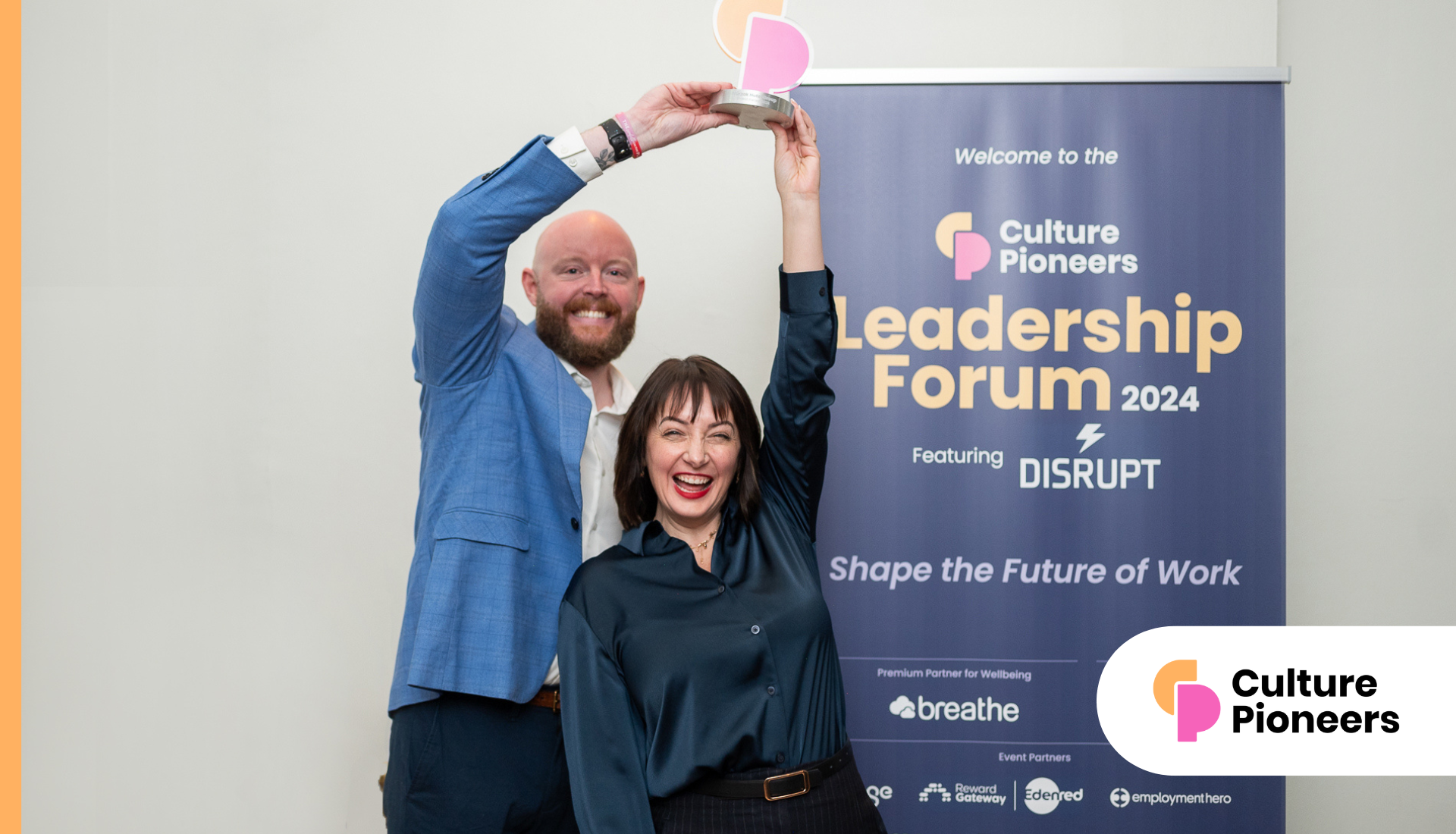Today is the most depressing day of the year, statistically speaking – it’s ‘Blue Monday’. This year, it falls at a time that may beat every other year in living memory for challenging circumstances. A renewed national lockdown and some of the most uncertain and difficult months ahead of us mean that for many, this could be the bluest Monday yet.
Ultimately, an employee’s sense of psychological safety relies on how well supported they feel by management.
For businesses, providing employees emotional support has ceased to be a mark of a good employer and is now an absolute necessity. The pandemic and the ensuing lockdowns have caused significant damage to mental health across the population, with equally devastating consequences for businesses. Unhappy workforces result in low productivity and high attrition, which, when combined with macro-economic difficulties, can prove impossible for businesses to overcome.
Psychological safety
It’s becoming a cliché, but 2020 was defined by uncertainty. The world was gripped with completely new challenges and situations for which we were almost entirely unprepared. In this context of perpetual change, safety and solidity have become premium emotional states.
Whether in our personal or professional lives, humans are hard-wired to depend on consistency. It drives our visceral objection to injustice and unfairness, and means that we all need a sense of stability and safety to anchor our life experiences, including at work.
Psychological safety is the concept whereby team members feel able to contribute and take risks in the knowledge that they won’t be criticised or ridiculed by their colleagues. This ability to feel vulnerable at work is proven to improve results, and creates the collaborative and creative environments that allow people to thrive. In our December 2020 survey of more than 1000 HR decision makers, more than half said that ensuring the psychological safety of their employees was now their number one priority.
The workplace pressure cooker
It’s not difficult to see why this psychological safety has been in high demand recently. Remote working has created an uneven playing field whereby employees are all coping with very different experiences. For example, parents increasingly worked unsociable hours in order to fit their work around childcare commitments, while those without families may have struggled to adapt to the new virtual way of working and the accompanying social isolation.
In-person interactions play a vital role in providing humans with the social cues we need to feel valued and listened to. While video calling can replicate these feelings to some extent, many of us will have noticed the absence of those feelings of social cohesion when communicating solely through digital media. When this lack of social reassurance is combined with fears around performance and engagement, the workplace can become the pressure cooker for a wellbeing crisis.
Shifting priorities
Helping staff adapt to this new way of working has formed a large part of the work of HR professionals over the last year, and 53% of senior decision makers said they are working to create a culture that enables staff to work in new ways. These changes require creativity, confidence, and a willingness from employees to challenge the current status quo with fresh new thinking.
This mindset is only achievable, however, when an employee’s baseline needs for psychological safety are met. If there is any element of vulnerability or a lack of trust in senior leadership’s support then the initiatives will likely fail. So, how can we create a culture that helps employees to cope and thrive in tough times?
Creating a psychological safety net
The first step to creating a psychological safety net is simply to inform staff of your intentions to do so. Many workplace anxieties and concerns are driven by a lack of information and a fear of the unknown, and clear communication can go a long way to establishing trust and security.
Our study revealed that employee wellbeing is now roughly twice as important for HR teams as maintaining and optimising performance and productivity. Whilst all of these elements need to be in place for success, simply letting employees know that their wellbeing is a priority can provide a solid foundation for positive morale.
Taking a wellbeing barometer reading
Once your priorities have been communicated, the next step is to understand where emotional and psychological support is most needed. This can be done via a ‘wellbeing barometer reading’: a survey asking employees about their current situation, challenges and their overall sense of wellbeing at work.
Through the wellbeing barometer you may discover issues that are prevalent for a number of people. These could include concerns about upcoming performance appraisals, or issues surrounding conflicts of schedule with care-giving responsibilities. Although action also needs to be taken on an individual level, this method can provide an overview of the current state of wellbeing in the company while helping to pinpoint areas for improvement.
Of course, these survey-based initiatives work best when employees feel comfortable enough to be open and honest with management. If staff have concerns about being punished, directly or indirectly, for communicating negativity, you won’t get an accurate or useful reading.
Invest in the future
The past year has been undeniably difficult, but it’s also important to remind employees of the positives. Many employees, particularly younger members of staff, may feel that pandemic has delayed their professional development, so it’s crucial to address this. Coaching can be a great tool here, especially as it provides the one-to-one time that’s needed for in-depth discussion and individual goal setting.
In behavioural science, we often talk about positive psychology and using a strengths-based approach to feedback. Simplified, this means building on what we do well and the positive attributes we can strive for, whether that’s resilience, confidence, self-esteem or compassion. When used correctly, both training and coaching can be used to improve these skills, helping employees to take more control over their own emotional wellbeing.
[cm_form form_id=’cm_65a14c3f5da64′]
Ultimately, an employee’s sense of psychological safety relies on how well supported they feel by management. Clear communication and a positive, strengths-based approach should be central to all HR and wellbeing provision. The pandemic has highlighted the need for an extra emphasis on staff wellbeing, and businesses should be using this opportunity to create a culture that allows people to thrive despite the challenges.
Interested in this topic? Read Employee wellbeing: Four ways to create a psychologically safe culture.









